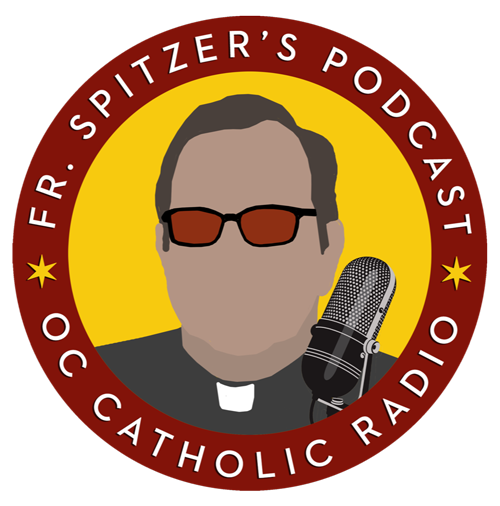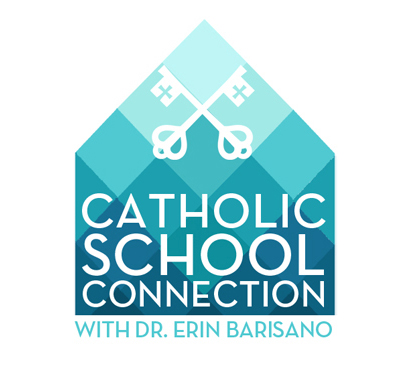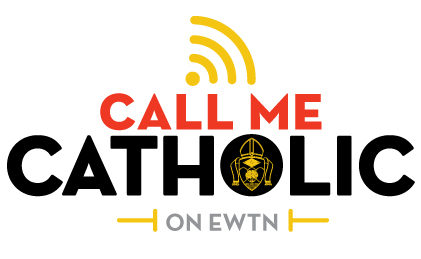Holidays are special times, often associated with memories and traditions that we share with family and friends. While many events and occasions during 2020 have been upended, the holidays are not canceled! However, our celebrations this year will take on a new look as we continue to practice measures to stay safe and reduce the risk of transmitting COVID-19.
Consider these tips to stay safe and healthy throughout the holidays:
1. GET YOUR FLU SHOT IF YOU HAVE NOT DONE SO ALREADY
While we do not yet have a vaccine for the coronavirus, flu vaccines are readily available. Avoid the flu and keep your body as healthy as possible. The only way to actually “boost” your immune system is to get the flu vaccine. Free flu shots are available through the Orange County Health Agency. ochealthinfo.com/phs/about/family/flu/
2. STAY ACTIVE
We know that exercise, including walking, helps to keep us physically and mentally healthy. It’s tempting to let physical activity slide during a busy holiday season, however that’s when it’s even more important to include! Try this twist: Take an “Awe” walk. Go somewhere new, by yourself or with others. Pay attention to the details, looking at everything with fresh eyes. Maybe it’s the fall leaves, the ocean waves or a neighbor’s holiday decorations. Look for the “awe” in the world around you.
3. EAT YOUR VEGETABLES
Good nutrition helps to keep us healthy, but you may be tired of cooking at home. Coordinate a soup exchange instead of a cookie exchange. Make a big pot of soup, full of vegetables, beans and/or lean meat. Portion into 1-quart containers. Place in an ice chest by your front door and invite neighbors to stop by and take a container, leaving a container of their soup for you. Just add a green salad or fruit and crusty bread for an easy meal!
4. HOST OUTDOOR ACTIVITIES
Indoor gatherings pose more risk for spread of the virus. Fortunately, the mild weather in Southern California allows us to gather in backyards and parks. How about a Thanksgiving tailgate? When gathering indoors, increase ventilation by opening windows and doors. Be mindful of these guidelines in all locations: wear a mask except when eating, stay at least 6 feet away from people who do not live in your household, wash your hands often, preferably with soap and water, for at least 20 seconds.
5. KEEP GATHERINGS SMALL AND BRIEF
Risk of spreading the virus increases as the number of people and time spent together increases. California health officials recommend no more than three households gather for up to two hours. Celebrate with members of your household, inviting others to join you virtually. Share recipes, tell stories, even cook together via Zoom or Facetime.
6. RETHINK THE MENU AND SHOP EARLY
With smaller celebrations, you may decide to prepare only the dishes that are really special to you. Or it may be the year to try something new. Consider a brunch instead of a big dinner. Brunches are conducive to buffets where you can provide each guest with their own serving spoon or mini tongs to reduce handling of utensils. Regardless, don’t wait until the last minute to shop for food. Grocers are as puzzled as the rest of us regarding what people will buy this year and supplies may vary.
7. CELEBRATE CLOSE TO HOME
Travel increases the risk of spreading COVID-19. The CDC states that staying home is the best way to protect yourself and others. If you do travel, wear a mask in public settings, avoid close contact from anyone not in your household, wipe surfaces such as airline seats and trays with sanitizing wipes and wash your hands often. Do not travel if you are sick or if you have been around someone with COVID-19 in the past 14 days.
8. PRACTICE GRATITUDE
Plan a gratitude scavenger hunt. A perfect way to engage family of all ages to focus on the good around us. Make a list of things to be thankful. Take photos and share with family and friends near and far.
9. SHOP ONLINE OR AT OFF-PEAK HOURS
Avoid crowded stores especially just before and after Thanksgiving. Many retailers are offering sales throughout the fall/winter months rather than the traditional Black Friday specials. Take advantage of free shipping!
10. MAKE YOUR OWN ADVENT CALENDAR
Choose one aspect of your health to focus on; physical, mental or spiritual. Spend 10-15 minutes daily on your goal and mark it on a calendar. Use the Advent season to prepare for the coming of the Christ Child on Christmas.
Stay safe. Do your part to avoid spreading the coronavirus so that we all can look forward to a happy, healthy new year!










